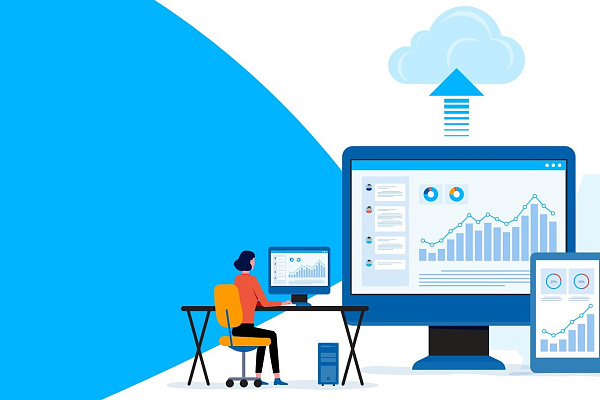IT disasters can strike any business. There are many examples of cases when lack of attention to disaster recovery resulted in business failure, even for large companies. The cost of recovery after a disaster can be enormous.
One may think that serious measures of protection against force majeure are only for big enterprises, while small projects and startups do not need it. In fact no business safe from cyber-attacks. Hackers are still targeting data and money. In the third quarter of 2020, the number of ransomware attacks increased by 40 percent over the previous year. There were 199.7 million cases worldwide. Plus there are other forms of cyberattacks, intruders, and natural disasters, and this makes it clear that every business, no matter big or small, should have a well-designed business continuity and disaster recovery plan in place.
What is disaster recovery?
Disaster Recovery (DR) is the capability of an IT infrastructure to recover from a disaster. DR should not be confused with backups – unlike backups, disaster recovery is not just the regular transfer of important data to a safe location, but the creation of a functional copy of the IT infrastructure at a backup site.
Data replication for disaster recovery is not scheduled (e.g., the frequency for backups in most cases is set to be once every two weeks), but non-stop.
In the event of a natural disaster, attacks, and internal failures the company will be able to keep working or at least quickly restore operation and not lose important data. With real-time replication, data after disaster recovery will include changes made in the last minutes. The standard time for providing up-to-date information is 15 minutes.
While a backup can take hours or even days to restore your data, disaster recovery will allow you to continue working in just a few minutes.
How disaster recovery works
There are two approaches for organizing disaster recovery – a backup data center or the cloud. The first approach involves duplicating the infrastructure to the backup data center. In this case, a second data center is organized, which either completely duplicates the working one or performs the creation and storage of business-critical data copies.
Deploying and administering your own disaster recovery infrastructure entails some expenses. You will have to buy servers and network equipment, allocate special premises for their installation. In addition, it is necessary to take into account the cost of cooling and powering, as well as salaries for IT staff.
The main expenses include replication software and related costs: security, software licenses for servers, and storage.
The second option is to switch to DRaaS – cloud service for rapid IT infrastructure recovery. In this case, the cloud provider offers DR as a service. It is cheaper and easier than creating a second IT infrastructure.
The time required to deploy your own disaster recovery system is nothing compared to a ready-made DRaaS solution. It can take weeks or even months to set up in-house, while with a service provider, it can take hours or days. The amount of time depends on the number of servers you plan to connect to the disaster recovery system in the cloud.
You can connect any number of company servers to the DRaaS, from one to all of them, while self-deploying a disaster recovery system, it is possible to protect only the most important servers.
Disaster Recovery-as-a-Service at Cloud4U
Cloud4U DRaaS solution is based on the technology of IT infrastructure replication into our fault-tolerant cloud. If a failure affects the services on the main site, they will be instantly restarted from our cloud.
The service is based on VMware's vCloud Availability 3.5. It is a tool for migrating VMware-based virtual servers to the cloud and back. It enables both migration and disaster recovery scenarios.




